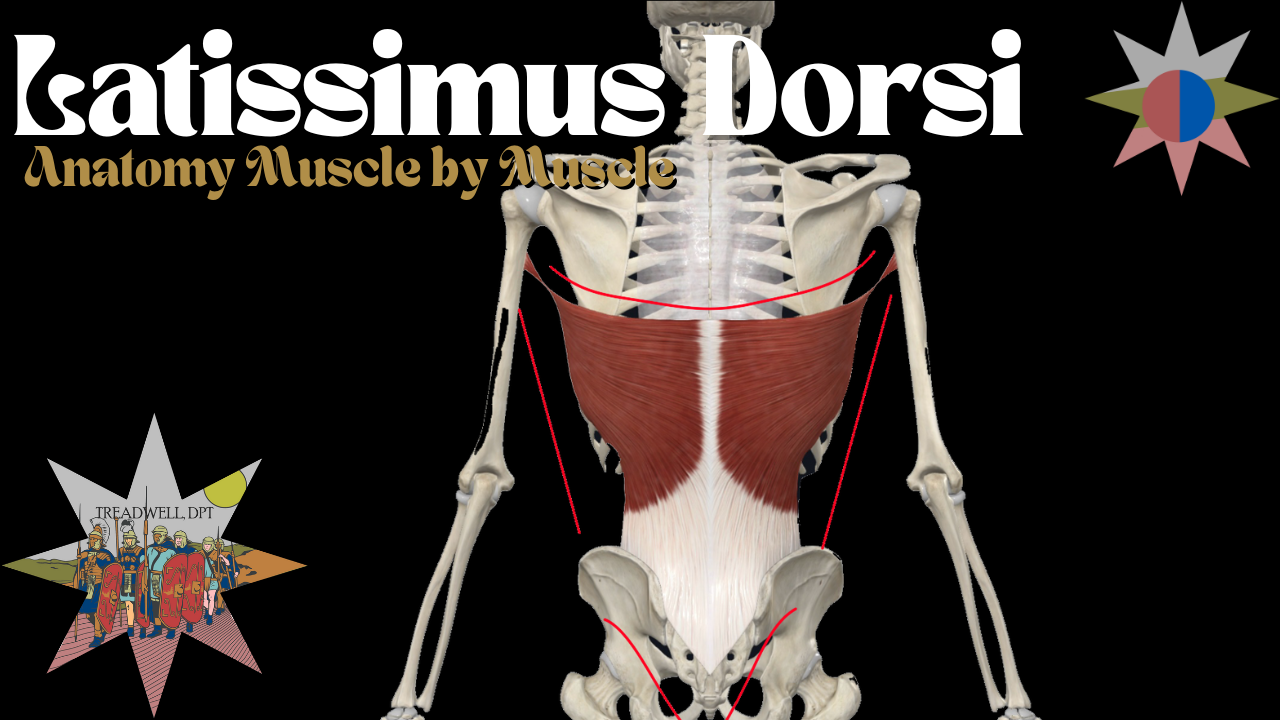Latissimus Dorsi Muscle – Anatomy Breakdown Video & Clinical Guide
The Latissimus Dorsi is one of the largest and most powerful muscles of the back, playing a key role in shoulder movement and stability. This anatomy video breaks down its origin, insertion, function, innervation, and clinical relevance—ideal for students, clinicians, trainers, and anyone wanting a deeper understanding of functional anatomy. Watch the full video below and read on for practical insights.
Quick Hits
The Latissimus Dorsi is a large, flat, triangular muscle covering the lower back. It spans from the thoracolumbar region to the humerus, making it a critical mover and stabilizer of the shoulder.
Origin: Spinous processes of T7–T12, thoracolumbar fascia, iliac crest, lower 3–4 ribs, and sometimes the inferior angle of the scapula.
Insertion: Floor of the intertubercular groove (bicipital groove) of the humerus.
Innervation: Thoracodorsal nerve (C6, C7, C8).
Actions: Shoulder extension, adduction, internal rotation. It also assists in movements like pulling, climbing, and forced expiration by compressing the thorax.
The latissimus dorsi is heavily recruited in pulling exercises and functional movements, making it essential for athletes, lifters, and rehab patients.
Clinical Relevance
Clinically, the latissimus dorsi is highly relevant in shoulder rehab and functional training. Tightness or overactivity can limit overhead motion and contribute to impingement syndromes by promoting internal rotation and downward scapular rotation.
In patients with postural issues or shoulder dysfunction, addressing latissimus flexibility and motor control is critical. Strengthening often focuses on balanced pulling patterns—like rows and pull-downs—with attention to scapular mechanics and avoiding compensations.
In surgical contexts (e.g., tendon transfers for rotator cuff tears), understanding the lat’s anatomy and function is crucial for planning and rehab.
What’s Next
𖤓Want help with low back pain?
I offer virtual consultations and personalized treatment plans for musculoskeletal issues!
𖤓In the Minneapolis area looking for treatment?
Book an appointment here!
𖤓Enjoyed the video?
There’s more where that came from! Check out my YouTube channel here!

